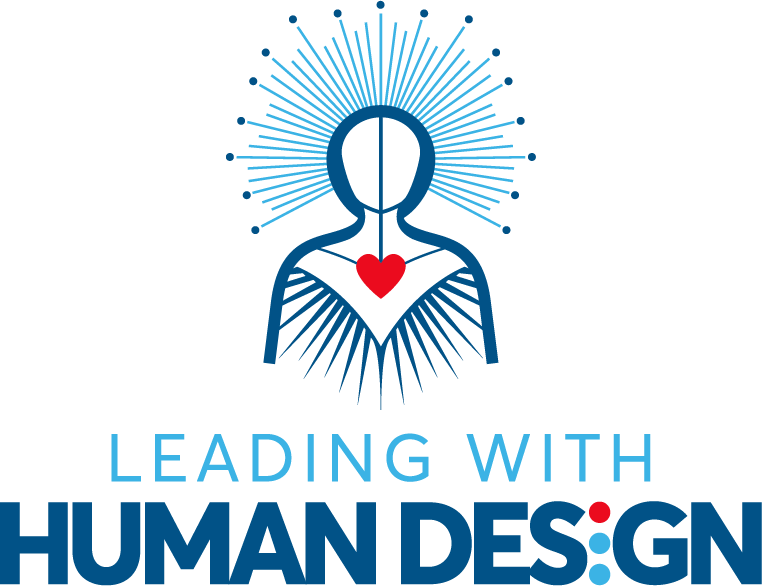FAQs
Start by getting your free chart and download our free ebook. Focus on learning your design type and your profile lines first.
Human Design is a system created in 1987 by Ra Uru Hu. It combines elements from several traditions and sciences into one framework:
- Astrology → uses your birth date, time, and place to calculate planetary positions.
- I Ching → an ancient Chinese system with 64 hexagrams, linked here to “gates” in the chart.
- Kabbalah Tree of Life → contributes to the structure of the Human Design bodygraph.
- Chakra system → adapted into nine “energy centers” instead of the traditional seven.
- Genetics & Quantum Physics → ties to the 64 codons in human DNA and neutrino theory.
The system generates a chart, called a Bodygraph, which shows:
- Type (e.g., Manifestor, Generator, Projector, Reflector, Manifesting Generator).
- Strategy (how each Type best interacts with the world).
- Authority (a decision-making process unique to you).
- Centers (defined or undefined energy hubs, similar to chakras).
- Profile (two numbers that describe personality themes).
- Channels & Gates (specific strengths, challenges, or patterns).
Human Design is used as a self-awareness and decision-making tool. It is practiced worldwide as a personal growth, leadership, and business alignment system.
Start by understanding your own Human Design chart,how you make decisions, where your strengths are, and where you might need support. From there, look at the skills your business actually needs. When hiring, choose people who not only bring those skills but also align with your vision and values. It’s not about matching designs, it’s about building a team that complements your energy and works well together.
Traditional tools like Myers-Briggs, DISC, or 360 assessments are personality-based. They measure behavior, preferences, or how others perceive you and the results can change over time depending on mood, experience, or environment.
Human Design is different because it’s not a personality test. It’s calculated using your birth date, time, and place. The system combines astrology, the I Ching, Kabbalah, chakras, and genetics to create a fixed chart, called a Bodygraph. Your chart doesn’t change, it shows how your energy is designed to work, how you make decisions, and where you may face challenges.
- Myers-Briggs / DISC: Focus on traits, tendencies, and behavior patterns. Results can shift.
- 360 Test: Collects feedback from colleagues or direct reports about your leadership.
- Human Design: Maps your energetic blueprint and decision-making strategy. It’s less about “how you act” and more about “how you’re wired.”
No, Human Design is not a religion. It’s a modern system created in 1987 by Ra Uru Hu. It combines elements from several sources including astrology, the I Ching, the Kabbalah, the chakra system, genetics, and quantum physics to create a framework for understanding how your energy works.
It doesn’t involve worship, doctrine, or spiritual obligations. Some people use it alongside their spiritual or religious beliefs, while others use it purely as a self-awareness and decision-making tool.
Human Design gives you a blueprint for how you naturally lead, make decisions, and use your energy. Instead of following generic strategies, you learn what works for you. This helps you cut decision fatigue, lead with more clarity, and build a business that grows without draining you.
No. Personality tests like Myers-Briggs or DISC measure behaviors and traits, which can change over time. Human Design is based on your birth data and creates a fixed chart called a Bodygraph. It shows your natural energy patterns, decision-making style, and leadership strengths.
No, your chart never changes. It’s based on your exact time, date, and place of birth. What does change is your level of awareness and how you apply it. The more you live in alignment with your design, the more natural and effective your leadership becomes.
Start with your own chart first. When you understand your design, you can make better decisions, delegate more effectively, and reduce misalignment. Learning your team’s designs can add another layer of clarity, but the biggest shifts happen when the leader aligns first.
Yes. Every Human Design chart shows your best decision-making process, called your Authority. Once you know yours, you can stop second-guessing and use a repeatable method to make faster, more confident choices even in high-stakes situations.
When a leader shifts, the culture shifts. Human Design helps you see how each person naturally works, communicates, and makes decisions. That insight reduces friction, builds trust, and allows your team to take more ownership creating a culture that thrives without micromanagement.
Results vary, but most leaders see changes within weeks. Examples include reclaiming 10+ hours a week, reducing team turnover, cutting decision-making time in half, and stabilizing revenue growth. The ROI comes from less wasted energy, smarter decisions, and a business that scales without burning you out.
